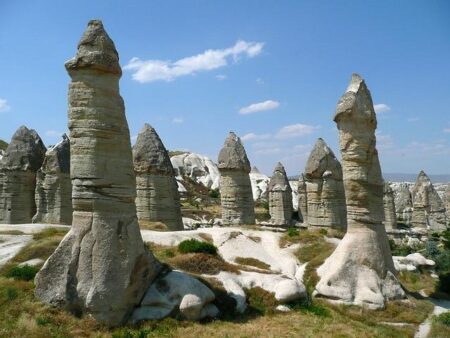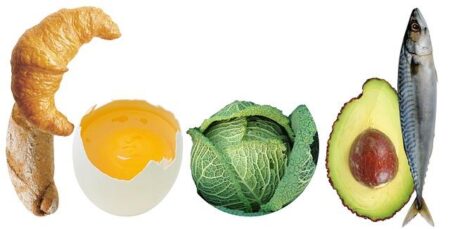Madagascar: Untapped Potential of a Rich Landscape
Despite being blessed with some of the most diverse ecosystems on the planet, Madagascar continues to struggle in fully capitalizing on its vast land resources. Characterized by its unique biodiversity, the island nation is home to a wealth of natural assets that have the potential to drive economic growth and improve the livelihoods of its people. However, systemic challenges, including political instability, inadequate infrastructure, and limited access to markets, have hindered agricultural and industrial development. This article delves into the current state of Madagascar’s land utilization, examining the hurdles that prevent the country from realizing its full potential and exploring the opportunities that exist within its abundant landscapes. As Madagascar stands at a crossroads, the question remains: how can it leverage its rich natural resources to foster sustainable development and enhance the well-being of its citizens?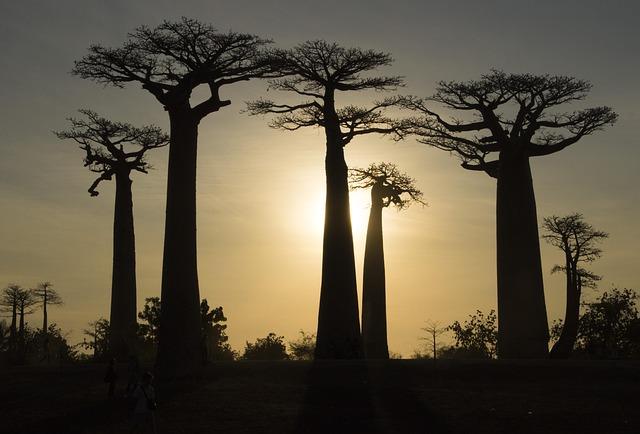
Exploiting Agricultural Potential for Sustainable Growth
Madagascar possesses a wealth of agricultural potential that remains largely untapped, limiting its economic growth and food security. The country’s diverse ecosystems, ranging from tropical rainforests to arid landscapes, offer a unique possibility for the cultivation of a variety of crops, including rice, vanilla, and coffee. Though, challenges such as outdated farming techniques, inadequate infrastructure, and limited access to markets inhibit the development of a robust agricultural sector. By investing in modern agricultural practices,enhancing irrigation systems,and providing farmers with essential training,Madagascar can substantially increase its agricultural output and productivity.
Efforts should be concentrated on promoting sustainable practices that not only maximize crop yields but also preserve the environment. Initiatives could include:
- Implementing agroecological methods that enhance soil health
- Encouraging crop diversification to reduce dependency on single crops
- Facilitating cooperatives to improve farmers’ bargaining power and access to resources
- Investing in research and development for resilient crop varieties
| Challenge | Impact | Potential Solution |
|---|---|---|
| Outdated Farming Techniques | Low productivity | Training in modern practices |
| Infrastructure Deficiencies | market access issues | Investment in transport and storage |
| Limited Access to Finance | Hindered growth of small farms | Microcredit and support schemes |

Addressing Land Ownership Issues to Empower Local Communities
Land ownership issues in Madagascar have long posed a important hurdle to the equitable development of local communities. Historically, traditional land rights have been ignored in favor of commercial interests, leading to widespread disenfranchisement. To rectify this, stakeholders must prioritize the establishment of a robust framework that recognizes and protects local land rights. By doing so, communities will gain the autonomy needed to manage their resources effectively, fostering sustainable agricultural practices and self-sufficiency. Key strategies to achieve this include:
- Engagement with local leaders to understand traditional land use and ownership structures.
- Implementation of community land registries that document and legitimize local land claims.
- Facilitation of dialog among governmental bodies, NGOs, and community groups to ensure collaboration and transparency.
- Education and training programs to empower communities with knowledge about their rights and the legal frameworks governing land ownership.
Additionally, addressing land ownership issues through collaborative initiatives can stimulate local economies and foster resilience against external economic pressures. A clear pathway to land security not only benefits individual landholders but also promotes collective agricultural innovation and environmental stewardship. As a model, the following table outlines prosperous community-driven land management initiatives around the world that Madagascar could adapt:
| Country | Initiative | Impact |
|---|---|---|
| Brazil | Land Reform Programs | Improved food security and reduced deforestation |
| Ghana | Customary Land Secretariats | enhanced land governance and local participation |
| Rwanda | Land tenure regularization | increased agricultural productivity and investment |
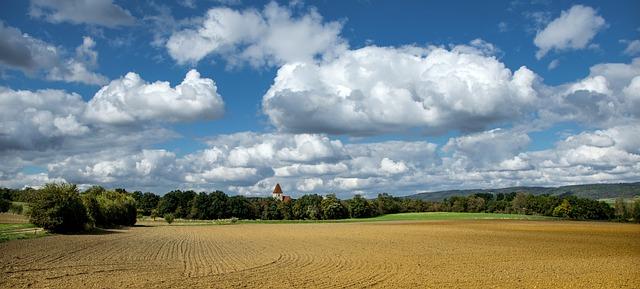
Innovative Practices for Enhanced Land Use and Biodiversity Conservation
Madagascar is at a crossroads, presented with the opportunity to revolutionize its approach to land use while concurrently safeguarding its rich biodiversity. To achieve this, innovative practices must be embraced, including integrative agroecology, community-driven conservation initiatives, and sustainable harvesting techniques. These methods not only promote ecological resilience but also empower local communities by providing them with the tools and knowledge to sustainably manage their natural resources. Moreover, the adoption of agroforestry systems can enhance soil health and carbon sequestration, creating synergies between agricultural productivity and environmental conservation.
Furthermore, leveraging technology to monitor land use and biodiversity is crucial in Madagascar’s quest for sustainability. The implementation of tools such as remote sensing and GIS mapping can provide valuable data for informed decision-making. By establishing biodiversity corridors, the movement of wildlife can be facilitated, ensuring genetic diversity and ecosystem stability. Collaborative platforms, where stakeholders share knowledge and resources, can led to innovative financing models that incentivize conservation while promoting economic development. The following table summarizes potential innovative practices for land use and biodiversity conservation:
| Practise | Description | Benefit |
|---|---|---|
| Integrative agroecology | Combining crops and livestock within the same system. | Enhances biodiversity and soil health. |
| Community-Driven Initiatives | Local communities managing their conservation projects. | Empowers locals and ensures sustainable practices. |
| Agroforestry | Integrating trees into agricultural landscapes. | Improved soil quality and carbon capture. |
| Remote Sensing | using satellite data to monitor land changes. | Informed, timely decision-making. |
| Biodiversity Corridors | Connecting habitats to facilitate wildlife movement. | Increased genetic diversity and ecosystem resilience. |
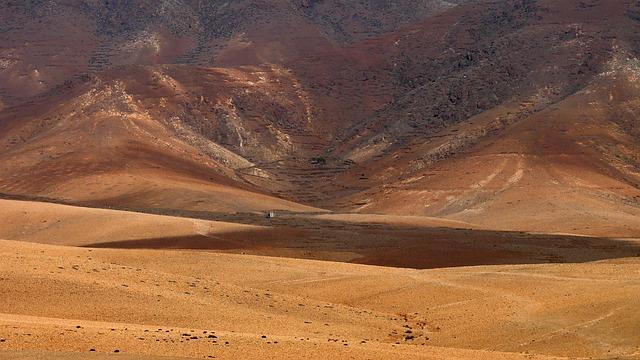
Promoting Investment in Infrastructure to Unlock Economic Opportunities
Strengthening infrastructure in Madagascar is essential for tapping into the nation’s vast economic potential. By investing in key areas such as transportation, energy, and telecommunications, the country can facilitate commerce, improve productivity, and enhance access to markets. the development of reliable roads, ports, and airports will not only stimulate local businesses but also attract foreign investment, which is crucial for sustainable growth. Infrastructure improvements can lead to a reduction in logistics costs, making Malagasy products more competitive on the global stage.
To maximize the benefits of infrastructure investment, a strategic approach is needed. Stakeholders must prioritize projects that align with regional development goals and consider public-private partnerships to leverage resources and expertise. Additionally, maintaining transparency and involving local communities in the planning process will ensure that projects meet the real needs of the populace. Key areas to focus on include:
- Road Networks: Expanding both urban and rural road systems to enhance accessibility.
- Energy Sector: Investing in renewable energy sources to reduce dependency on imports.
- Telecommunications: Improving internet connectivity to support the digital economy.
| Infrastructure Area | Current Status | Investment Needs |
|---|---|---|
| Transportation | Inadequate | $1 billion |
| Energy | Underdeveloped | $500 million |
| Telecommunications | Limited Access | $300 million |

Harnessing Technology to Optimize Resource Management in Madagascar
The potential for sustainable development in Madagascar is immense, yet much of its natural wealth remains untapped. Leveraging technology can play a pivotal role in transforming the way resources are managed across the island.Modern agricultural practices, facilitated by digital tools, can help farmers optimize productivity, improve crop yields, and implement sustainable farming methods. Key technologies include:
- Remote Sensing – Utilizing satellite imagery to monitor land use, soil conditions, and crop health.
- Mobile Applications – Offering farmers access to weather forecasts, market prices, and sustainable farming techniques.
- Data Analytics – Analyzing agricultural data to identify trends and enhance decision-making processes.
Moreover, collaboration between stakeholders in the agricultural sector and tech innovators can lead to the establishment of more efficient supply chains. By embracing tools such as blockchain, Madagascar can enhance transparency in resource distribution and reduce waste. Initiatives focusing on education and capacity building will be crucial in implementing these technologies effectively. A table reflecting possible benefits could look like this:
| Technology | Benefit |
|---|---|
| Remote Sensing | Improved land management and environmental monitoring |
| Mobile Applications | Increased access to details for farmers |
| Data Analytics | Enhanced forecast and trend identification |
| Blockchain | Greater transparency and reduced waste in supply chains |

Collaborating with International Partners for Sustainable Development Initiatives
Collaborating with international partners can significantly enhance Madagascar’s efforts towards sustainable development, especially in the context of its vast but underutilized land resources. By leveraging expertise and funding from foreign entities, Madagascar can implement holistic strategies that align with global best practices. Key areas for collaboration include:
- Agroecological farming techniques to enhance soil health and promote biodiversity.
- Sustainable tourism development that respects local cultures while providing economic benefits.
- Renewable energy initiatives that can definitely help reduce reliance on fossil fuels and enhance energy access.
- Conservation projects focused on preserving Madagascar’s unique ecosystems.
A collaborative framework that includes governmental bodies, private sector players, and non-governmental organizations can facilitate the efficient allocation of resources and expertise. Strategic partnerships can also open doors to new technologies for managing land sustainably. The following table outlines potential international partners and their contributions:
| International Partner | Area of Expertise | Potential Contribution |
|---|---|---|
| FAO | Agricultural Development | Capacity building and financing for sustainable agricultural practices. |
| UNDP | Environmental Sustainability | Support in creating policies for conservation and climate adaptation. |
| World Bank | Infrastructure Investment | Funding for green infrastructure projects and rural development. |
| International NGOs | Community development | on-the-ground implementation of sustainable projects and awareness campaigns. |
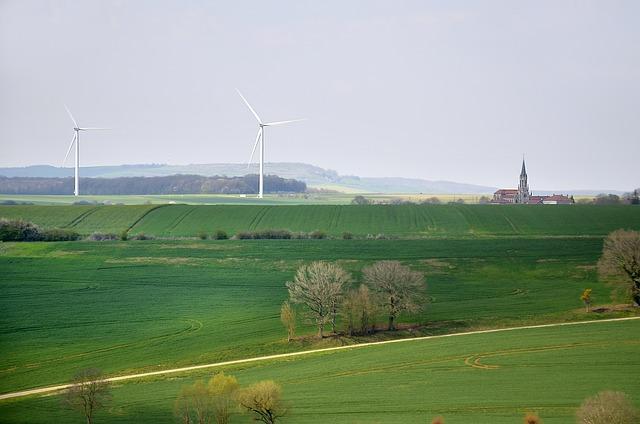
In Conclusion
Madagascar stands at a pivotal crossroads, facing the dual challenge of harnessing its vast natural resources while preserving its unique biodiversity. Despite its potential for agricultural advancement and economic growth,the island nation has not fully capitalized on its land’s capabilities. Sustainable practices, investment in infrastructure, and enhanced agricultural techniques are vital to unlocking the prosperity that lies within its soil. As Madagascar continues to navigate these obstacles, the commitment to fostering a balanced approach—one that prioritizes both ecological integrity and economic development—will determine its path forward. Addressing these challenges is crucial not only for Madagascar’s future but also for the broader goals of food security and economic resilience in the region. With targeted efforts and international cooperation, Madagascar can transform its land into a catalyst for growth and opportunity.




